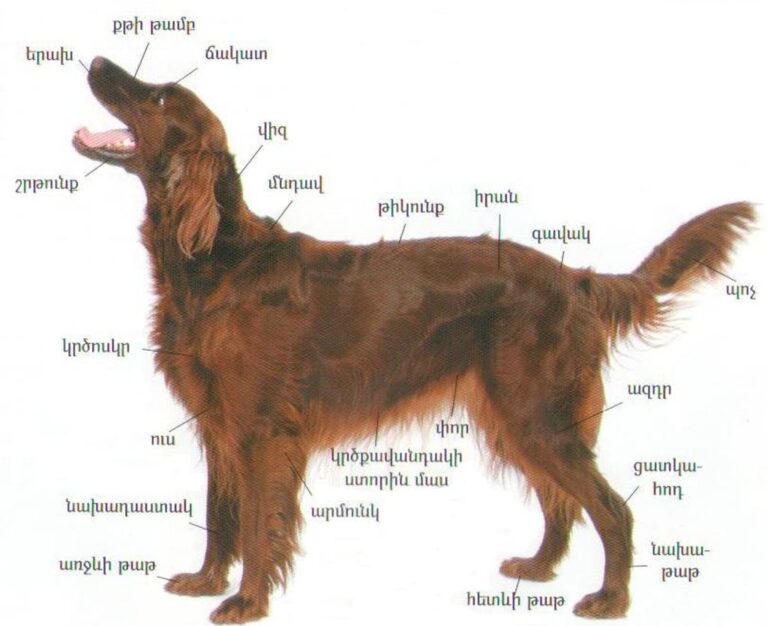How to choose the right dog breed for me?
Choosing the right dog breed for you is an important decision that requires careful consideration. Your lifestyle, living situation, and activity level are all factors that should be taken into account. Additionally, understanding the characteristics of different dog breeds can help you make an informed choice. Once you have narrowed down your options, it is important to research the breeds, consider your preferences, and meet the dogs in person to find the perfect match. Finally, taking care of your new furry friend involves providing proper nutrition, regular exercise and playtime, and maintaining their grooming and hygiene. Keep these key takeaways in mind as you embark on your journey to find the right dog breed for you.
Key Takeaways
- Consider your lifestyle, living situation, and activity level when choosing a dog breed.
- Understand the characteristics and needs of different dog breeds.
- Research different breeds to find the ones that match your preferences.
- Meet the dogs in person to see if you have a connection.
- Provide proper nutrition, exercise, and grooming for your new furry friend.
What kind of dog is right for you?

Consider your lifestyle
When choosing a dog breed, it’s important to consider your lifestyle. Are you an active person who enjoys outdoor activities? Or do you prefer a more laid-back lifestyle? Different dog breeds have different energy levels and exercise needs. Some breeds are more suitable for families with children, while others are better suited for individuals or couples. It’s important to find a dog breed that fits well with your lifestyle and can adapt to your daily routine.
Think about your living situation
When considering the right dog breed for us, we need to take into account our living situation. Space is an important factor to consider. Some dog breeds require more space to roam and play, while others are content with a smaller living area. It’s also important to think about noise levels. If you live in an apartment with thin walls, a dog that barks a lot might not be the best fit. Another aspect to consider is allergies. If someone in the household has allergies, it’s important to choose a dog breed that is hypoallergenic. Lastly, safety is crucial. If you live in a busy area with heavy traffic, a small dog breed might be at a higher risk of accidents.
Consider your activity level
When it comes to choosing the right dog breed for us, activity level plays a crucial role. We want a dog that can keep up with our lifestyle and provide us with fulfilling companionship. Some of us lead active lives, while others prefer a more laid-back approach. It’s important to find a breed that matches our energy levels and can join us in our daily activities. Whether it’s going for long walks, playing fetch in the park, or simply lounging on the couch, our furry friend should be able to adapt and enjoy these moments with us.
Understanding different dog breeds

Small dog breeds
When it comes to small dog breeds, there are a variety of options to consider. These pint-sized pups are perfect for those of us who prefer a compact canine companion. They may be small in size, but they are big on personality and charm. From the adorable Chihuahua to the playful Pomeranian, small dog breeds offer a range of temperaments and traits. Whether you live in a small apartment or have limited outdoor space, a small dog breed can be a great fit for your lifestyle.
Medium dog breeds
Medium dog breeds are a popular choice for many families. They are not too small, but also not too large, making them a great fit for both apartments and houses. These breeds are known for their friendly and sociable nature, making them great companions for individuals or families with children. Some popular medium dog breeds include Labrador Retrievers, Bulldogs, and Cocker Spaniels. When considering a medium dog breed, it’s important to think about your lifestyle and the amount of time and attention you can give to your furry friend. Dog adoption is also a wonderful option to consider, as there are many medium-sized dogs in shelters waiting for their forever homes.
Large dog breeds
When it comes to large dog breeds, there are a few things to consider. Size is an obvious factor, as these dogs can take up a lot of space in your home. Exercise is another important consideration, as large breeds typically require more physical activity to stay healthy and happy. Additionally, training is crucial for large dogs, as their size and strength can make them more challenging to handle. It’s also important to think about the costs associated with large dog ownership, including food, grooming, and veterinary care.
Finding the perfect match

Research different breeds
When it comes to dog breeds, there are so many options to choose from. Each breed has its own unique characteristics and traits. It’s important to do your research and find the breed that best fits your lifestyle and preferences. Here are a few things to consider:
Consider your preferences
When considering the right dog breed for us, it’s important to take our preferences into account. Each breed has its own unique characteristics and traits that may or may not align with what we are looking for in a furry companion. Some of us may prefer a low-maintenance dog that requires minimal grooming, while others may enjoy the bonding experience of regular grooming sessions. It’s essential to think about how much time and effort we are willing to invest in grooming our dog. Additionally, we should consider if we have any specific preferences regarding the dog’s size, temperament, or energy level. By considering our preferences, we can find a dog breed that truly matches our lifestyle and brings us joy and fulfillment.
Meet the dog in person
Once you have narrowed down your options and have a few potential dog breeds in mind, it’s time to meet them in person. This is a crucial step in finding the perfect match for you and your family. Meeting the dog allows you to get a sense of their personality, energy level, and overall compatibility. It’s important to observe how they interact with you and other family members, as well as how they respond to different environments and stimuli. This will give you a better understanding of whether they will fit well into your lifestyle and home. Take your time during the meeting and ask the current owner or shelter staff any questions you may have. Remember, finding the right dog is a big decision, so trust your instincts and choose the one that feels like the best fit for your family.
Taking care of your new furry friend

Feeding and nutrition
When it comes to feeding and nutrition, it’s important to provide your furry friend with the right balance of nutrients. A healthy diet is essential for their overall well-being. Here are a few tips to keep in mind:
- Choose high-quality pet food: Look for brands that prioritize natural ingredients and avoid fillers.
- Consider your dog’s age and size: Puppies and adult dogs have different nutritional needs, so make sure to select the appropriate food.
- Monitor portion sizes: Overfeeding can lead to weight gain and health issues, so follow the recommended serving sizes.
Remember, a well-nourished dog is a happy dog!
Exercise and playtime
When it comes to exercise and playtime, socializing small dogs is crucial. Small breeds may have a lot of energy packed into their tiny bodies, so it’s important to provide them with plenty of opportunities to burn off that energy. This can include daily walks, play sessions with other dogs, or even agility training. By socializing small dogs, you can help them develop good manners and prevent behavioral issues. It’s also a great way for them to meet new friends and build their confidence.
Grooming and hygiene
When it comes to grooming and hygiene, taking care of your new furry friend is essential. Regular grooming helps keep your dog’s coat healthy and free from tangles and mats. Brushing your dog’s fur not only removes loose hair but also stimulates the skin and promotes blood circulation. Additionally, it’s important to keep your dog’s ears clean and free from wax buildup. Regular visits to the groomer can help maintain your dog’s overall cleanliness and prevent any potential skin issues.
In conclusion
Choosing the right dog breed is an important decision that should not be taken lightly. It’s essential to consider your lifestyle, living situation, and activity level when determining which breed is the best fit for you. Understanding the characteristics of different dog breeds, such as small, medium, and large, can also help guide your decision. Researching different breeds, considering your preferences, and meeting the dog in person are crucial steps in finding the perfect match. Once you bring your new furry friend home, remember to provide proper feeding and nutrition, engage in regular exercise and playtime, and maintain their grooming and hygiene. With the right breed and care, you’ll have a loyal and loving companion by your side for years to come.
Frequently Asked Questions
What factors should I consider when choosing a dog breed?
When choosing a dog breed, you should consider your lifestyle, living situation, and activity level.
What are some small dog breeds that are suitable for apartments?
Some small dog breeds that are suitable for apartments include Chihuahuas, Pomeranians, and French Bulldogs.
What are some medium-sized dog breeds that are good with children?
Some medium-sized dog breeds that are good with children include Labrador Retrievers, Golden Retrievers, and Beagles.
What are some large dog breeds that are known for being protective?
Some large dog breeds that are known for being protective include German Shepherds, Rottweilers, and Doberman Pinschers.
How can I research different dog breeds?
You can research different dog breeds by reading books, consulting reputable websites, and talking to experienced dog owners or breeders.
Should I meet the dog in person before adopting?
Yes, it is highly recommended to meet the dog in person before adopting to see if you have a connection and if the dog’s personality and energy level align with your expectations.







3 Comments